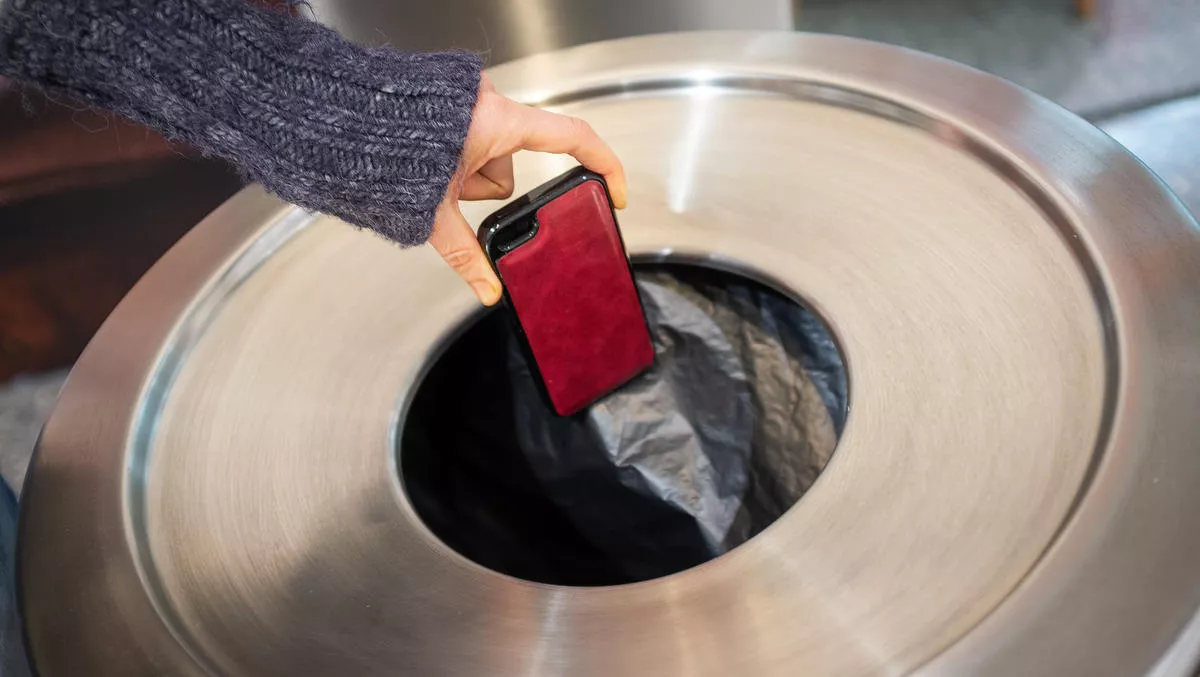
'They don't make things like they used to' - why devices aren't built to last
The adage 'they don't make things like they used to' is somewhat true, but it's a little more complicated than you think– or at least that's what one University of New South Wales (UNSW) industrial design expert believes.
UNSW senior lecturer in industrial design, Miles Park, says that some people may subscribe to the theory that manufacturers are intentionally building 'planned obsolescence' into their products – that is, they're designing products so they don't last.
"There is a little bit of truth in that. It's fairly well accepted that products now often do have a shorter lifespan," says Park.
He points to Apple as one of the companies that are encouraging obsolescence – even though they might not be explicitly designed to fail or have a planned shelf life.
He says, "Apple got in trouble a few years ago where they were accused of throttling the speed of iPhones as the battery depleted, which was seen as a means to trigger an event for people to want to replace that product."
Park points the finger at manufacturers and said they should be doing more to make sure their products last longer. However, manufacturers may claim that consumers always want new things. Is that the whole truth, though?
"People lament the fact that things aren't repairable, and that things don't seem to last as long as they used to, and they're right," says Park.
Mind, matter, and money are the three main drivers that push people to buy new items, forcing older items into obsolescence.
"We tend to get rid of things just because they don't do things as well anymore. A lot of electronic waste, for instance, is still functional when it's disposed of, it might not be as good as it once was, the battery doesn't work as well, or a connector might not work anymore," says Park.
He believes that consumers are open to product repair services, however manufacturers don't have too many incentives to extend a product's life.
Park explains that replacements may end up being cheaper than repairs, particularly with consumer devices like electronics.
"Consumer electronics have gone through a deflationary trend for some time – every time you get a new laptop, it's twice as powerful as the previous one, but may cost a similar or lesser amount," says Park.
"However, if the provision of spare parts, repair services and the availability of information about repairability, if it is competitive, it will become economically viable for people to seek out repairs," he says.
He points to the European Union, where legislation will soon require companies to provide spare parts and servicing information for up to 10 years in some product categories.
While there are product stewardship regulations in places like Australia, they only cater for certain products like computers and televisions.
He believes manufacturers can do more about repairability – there are even design and engineering strategies that can help to do just that.
"For example, you might offer obvious non-tool entry points for opening a product and replacing components, or you might design a product to be modular," he says.
Just look at the Boeing 747 – it has served millions of passengers since the 1960s and is only just going into retirement. Along the way everything has been renewed and upgraded.
"Perhaps we could have a similar attitude too about household durables, where new business models, as well as the design and the engineering of these products, allows for things to be upgraded and repaired," concludes Park.


